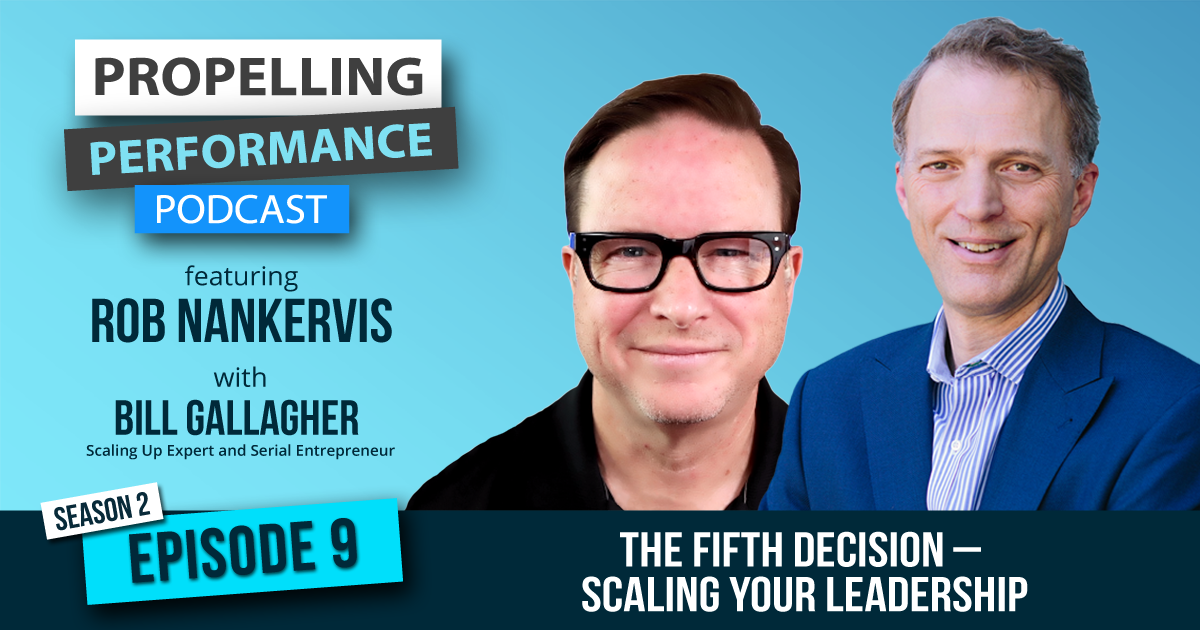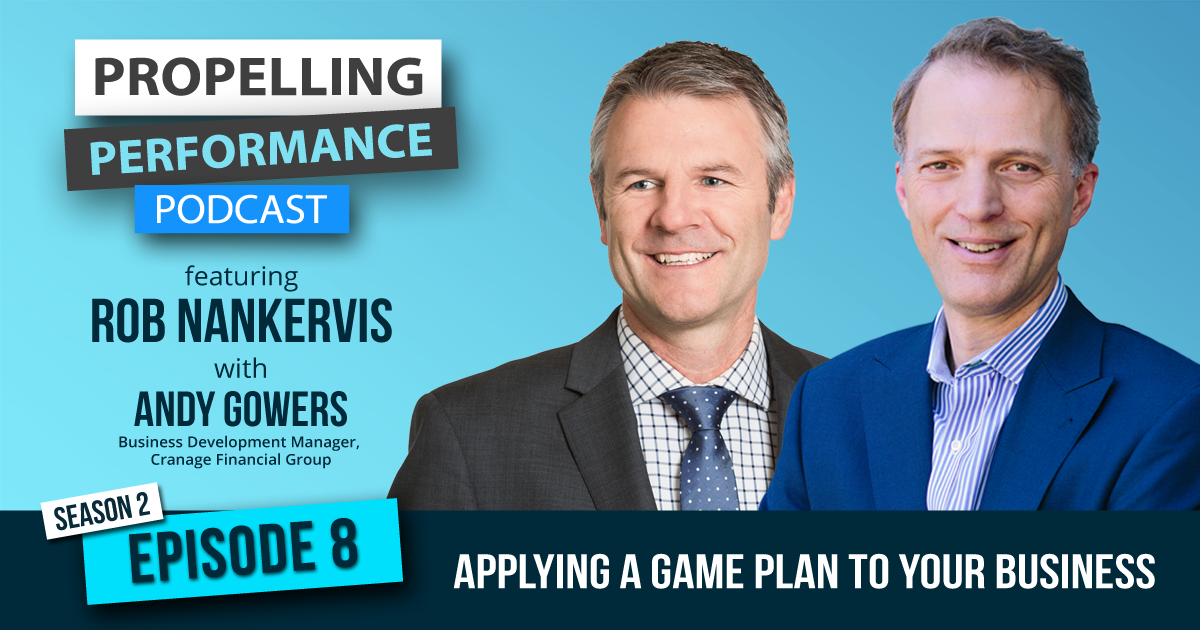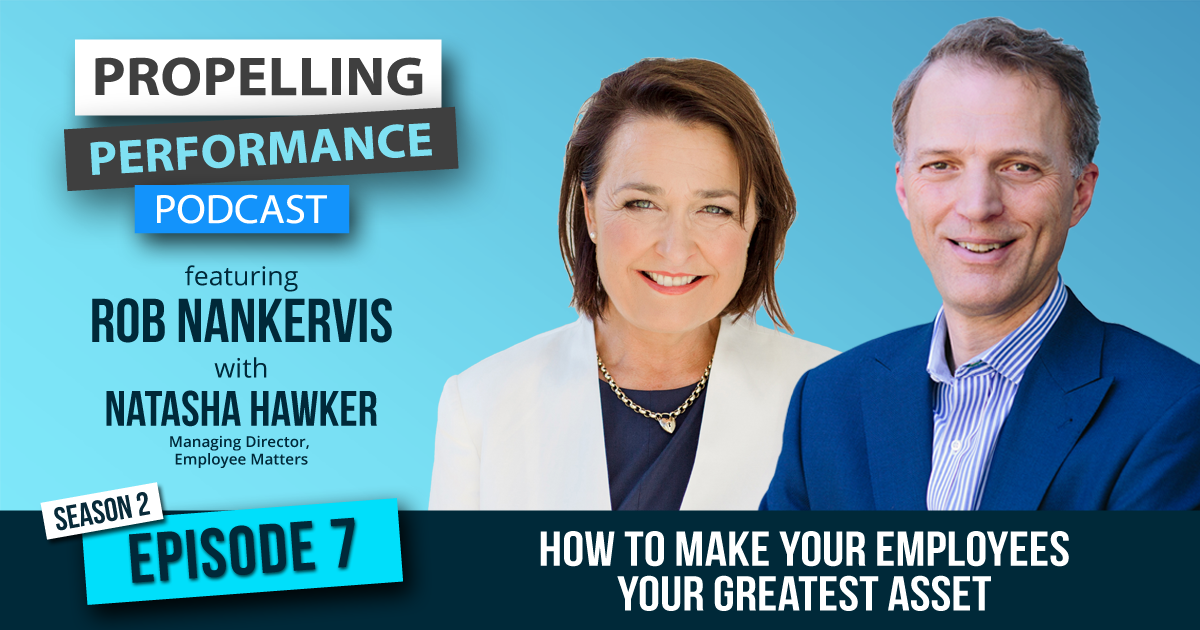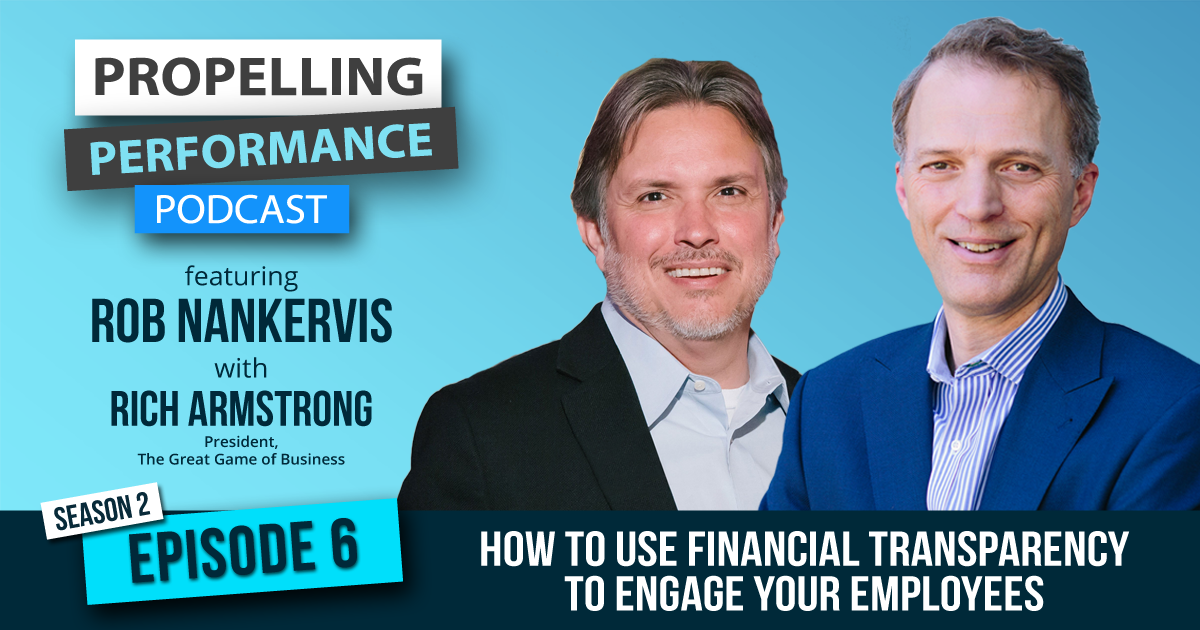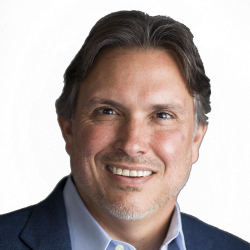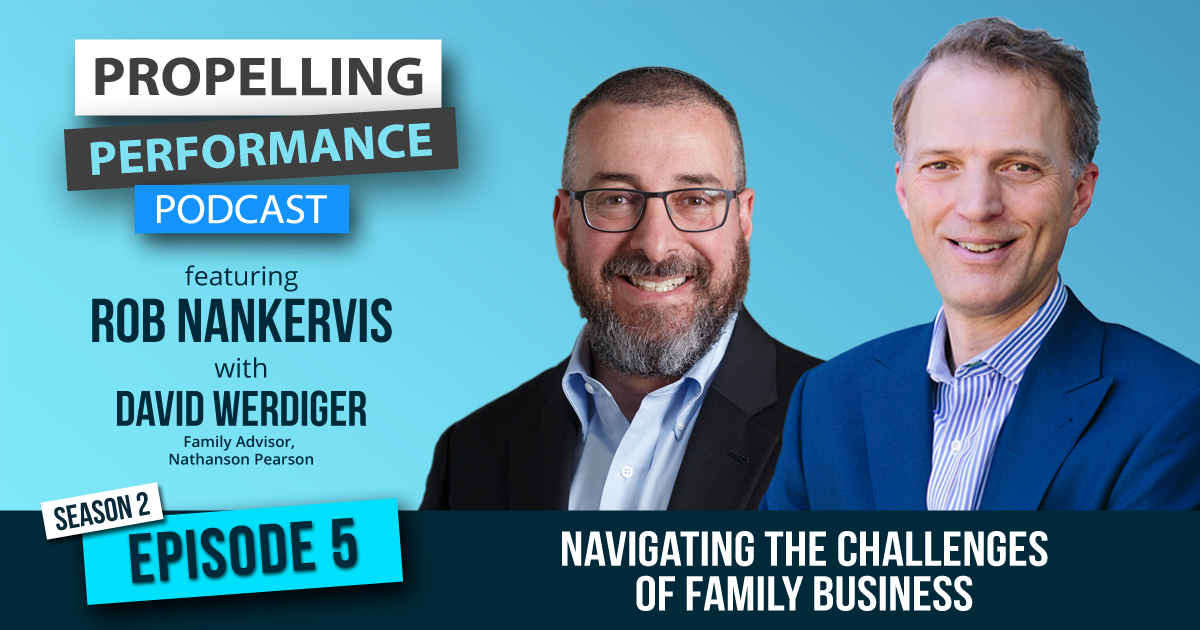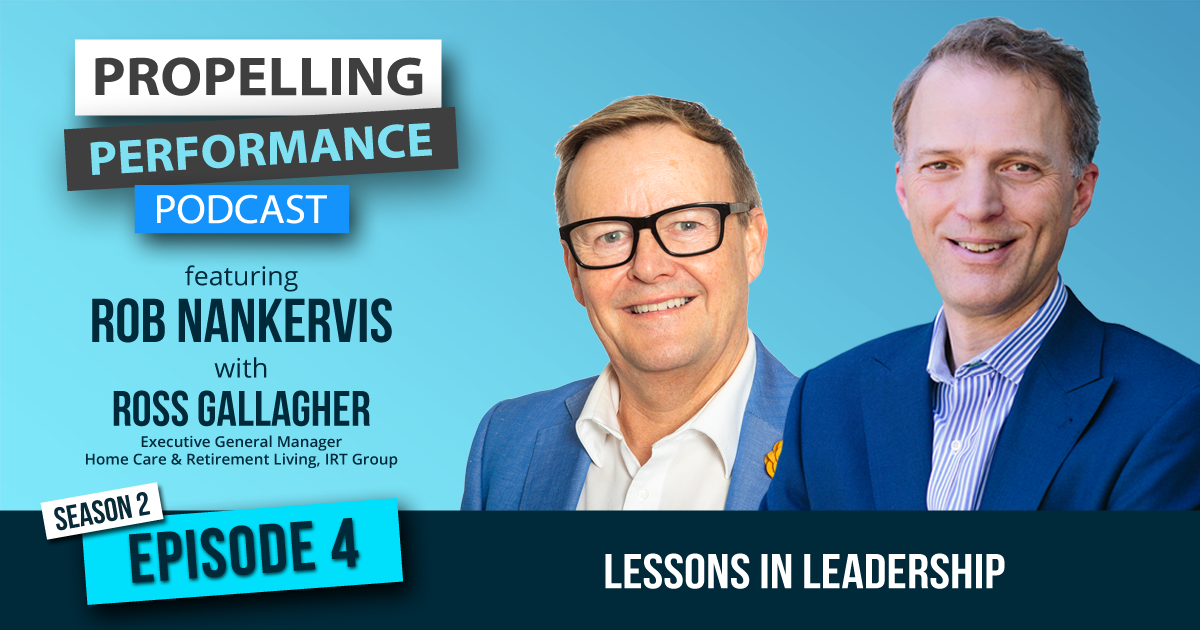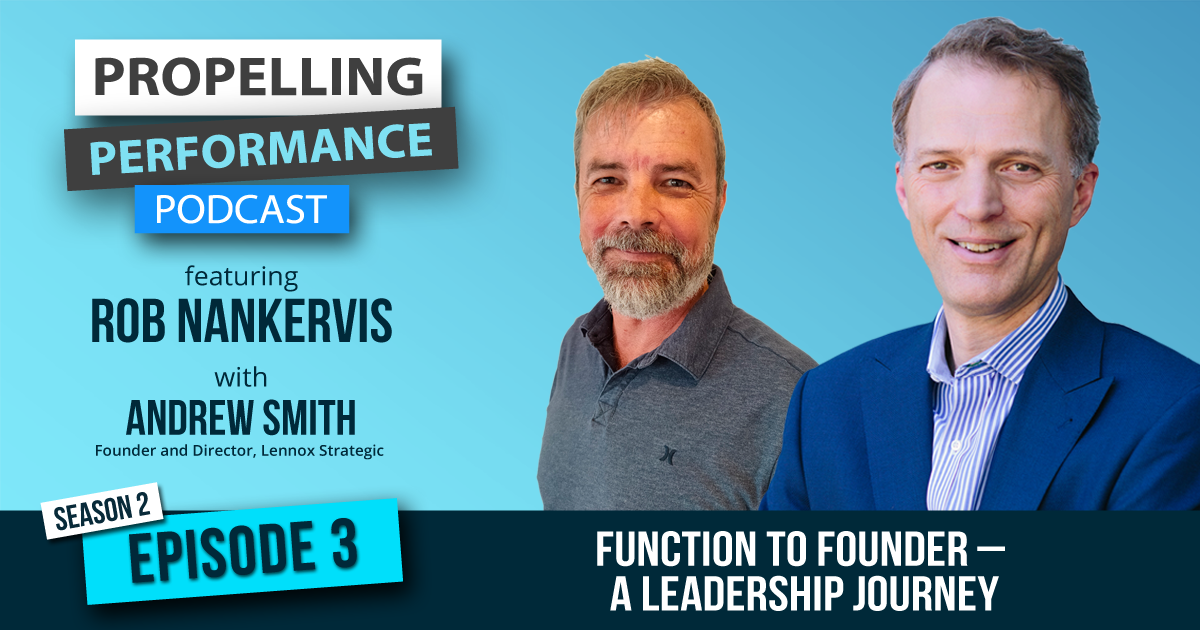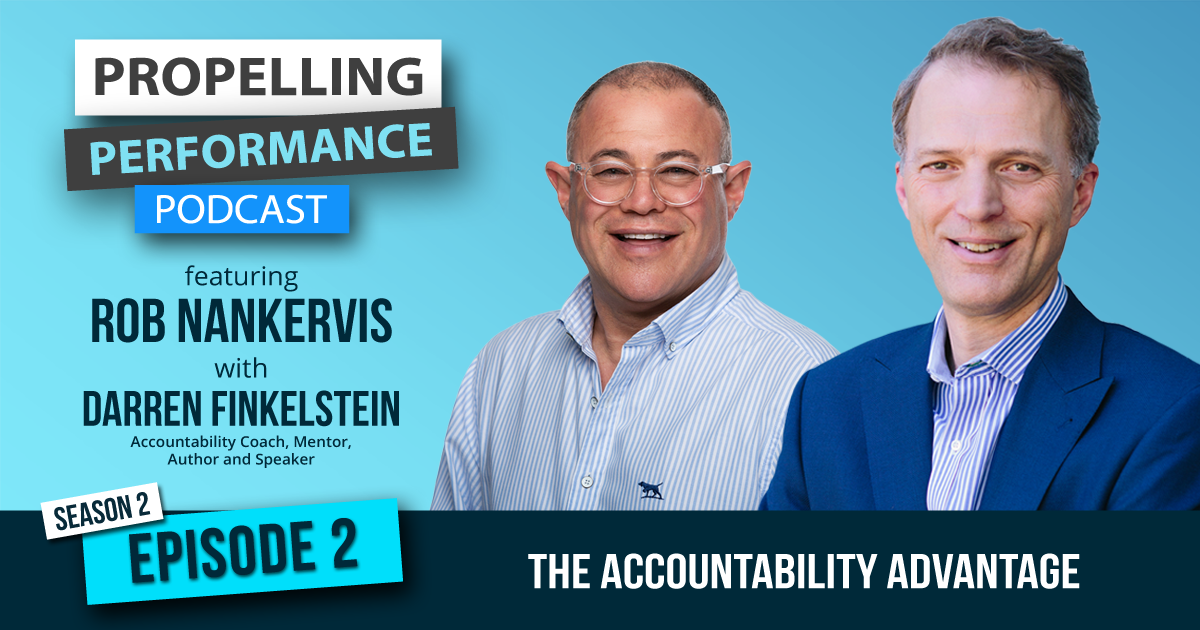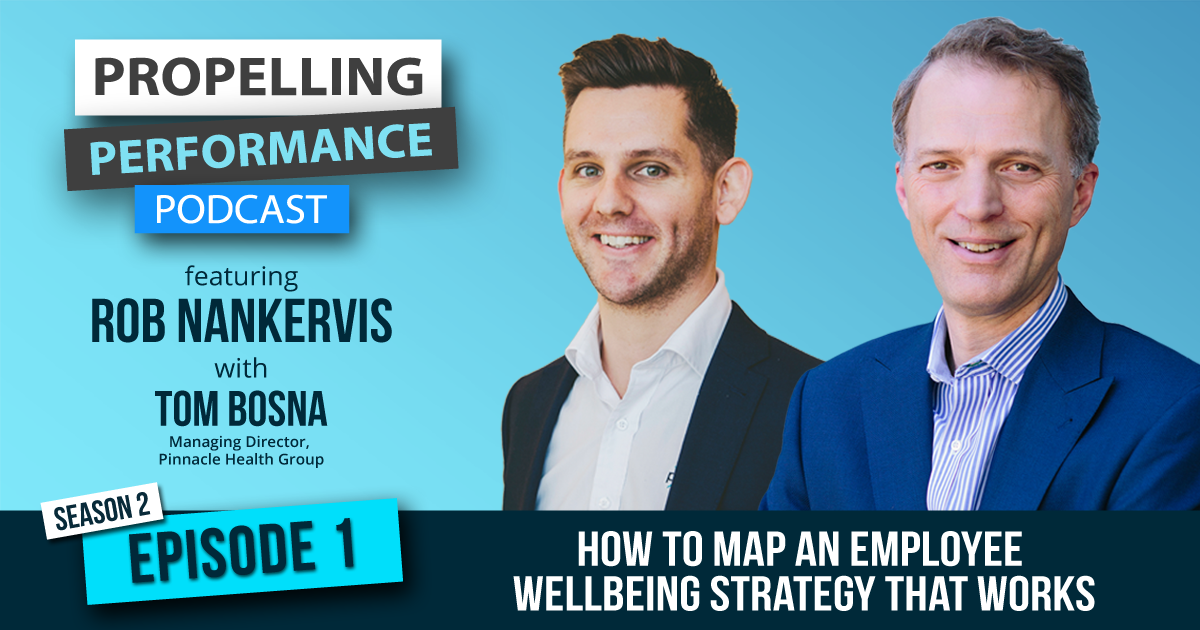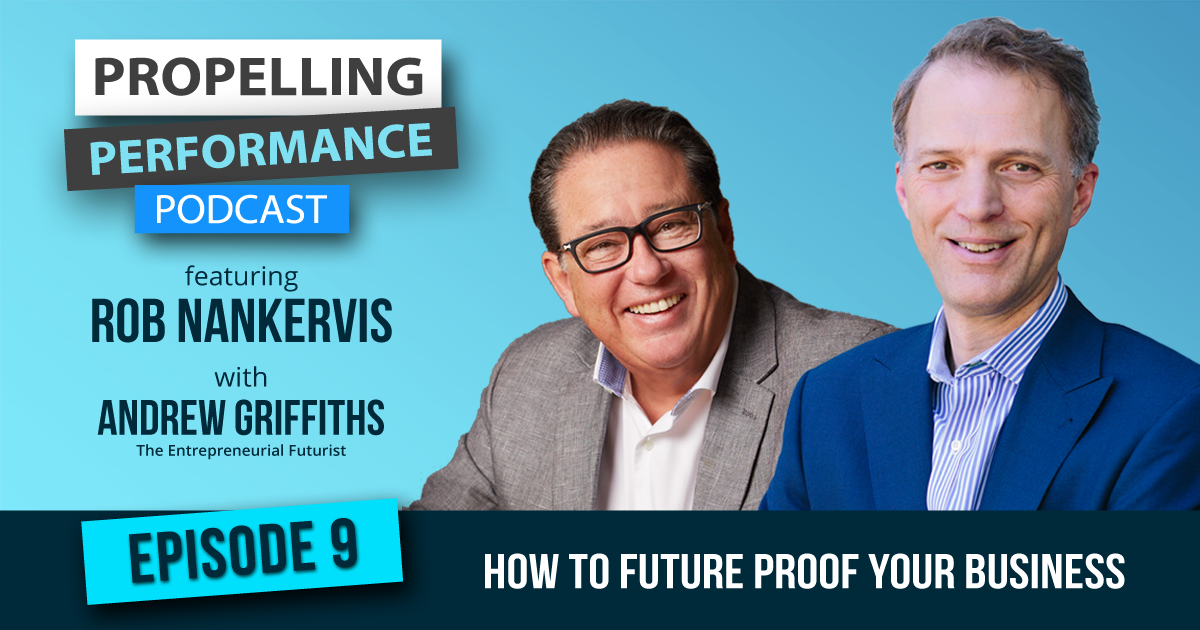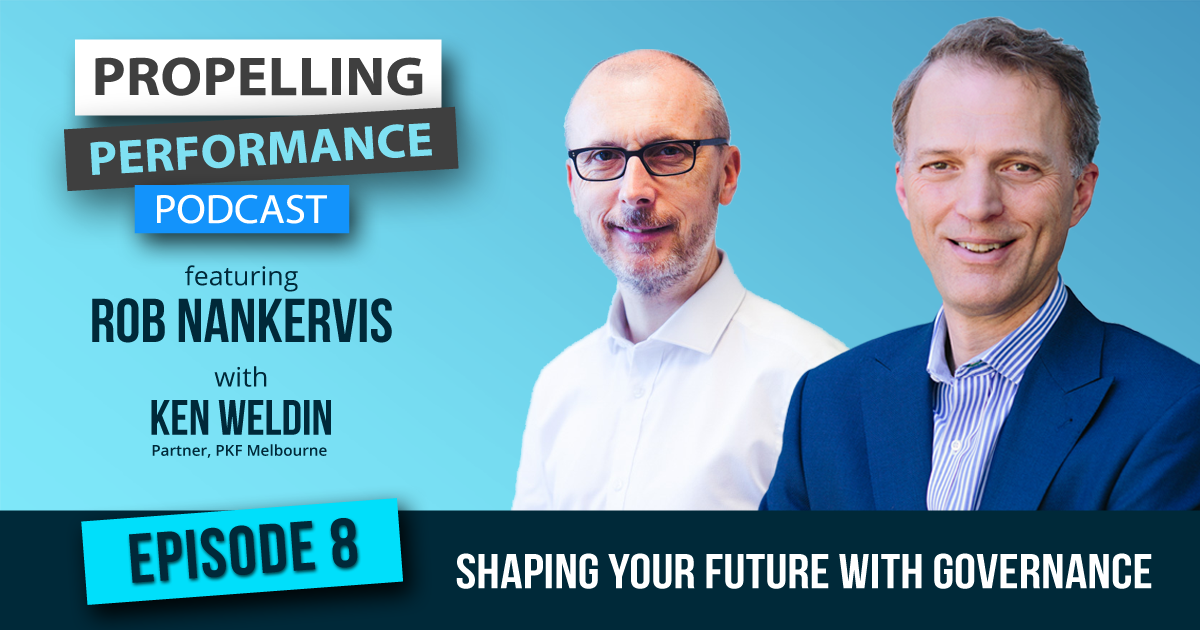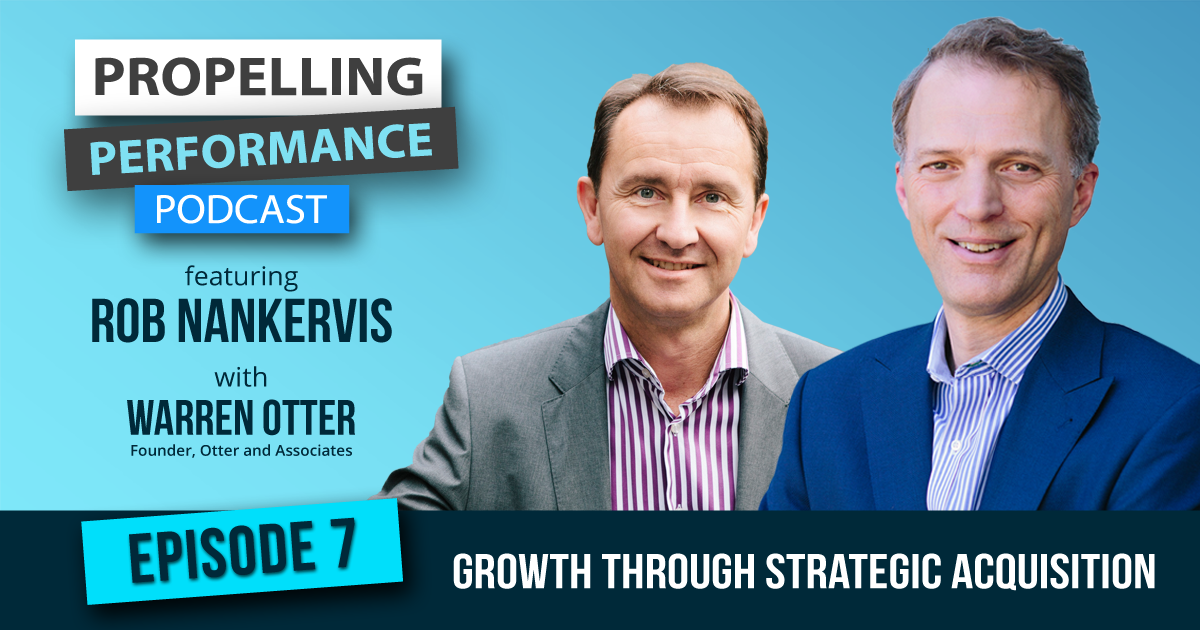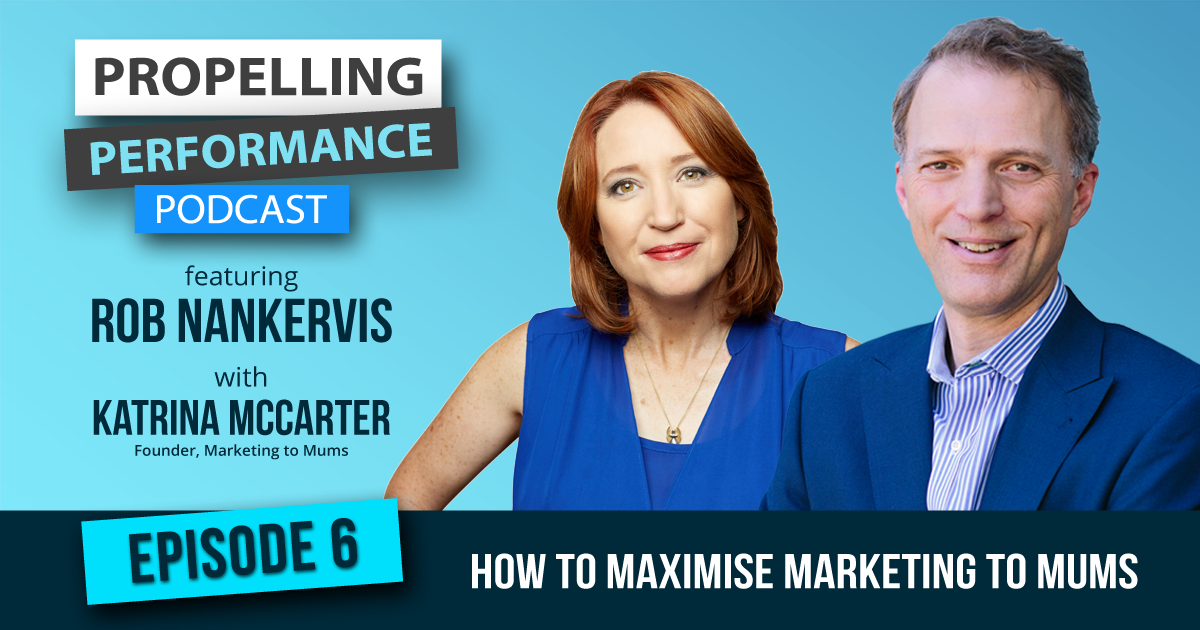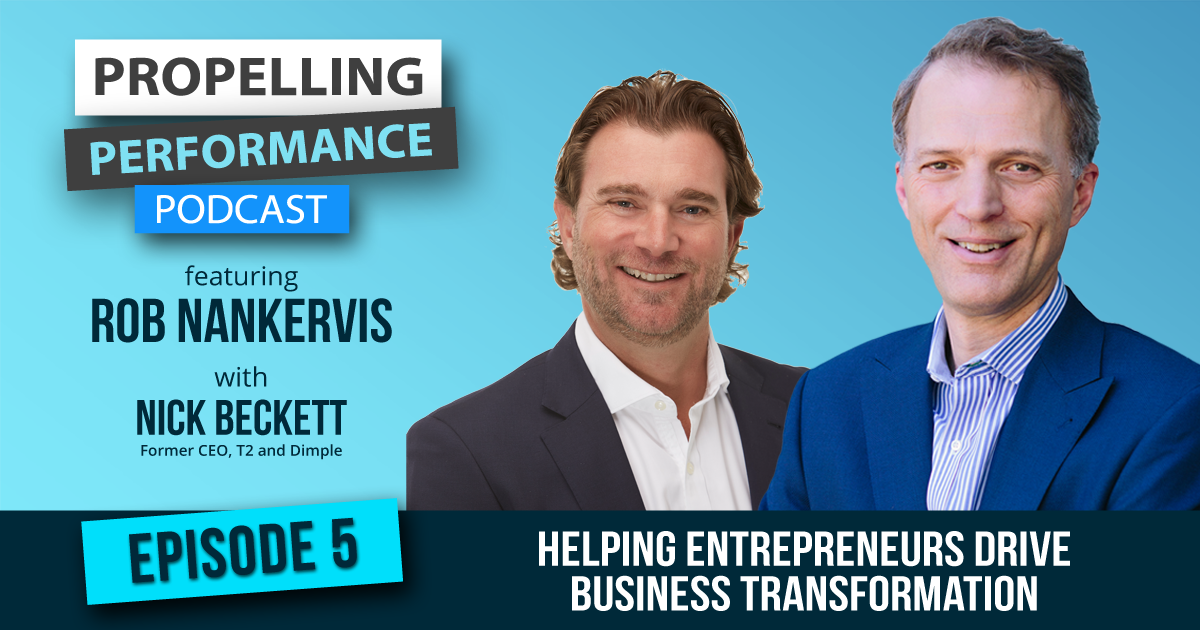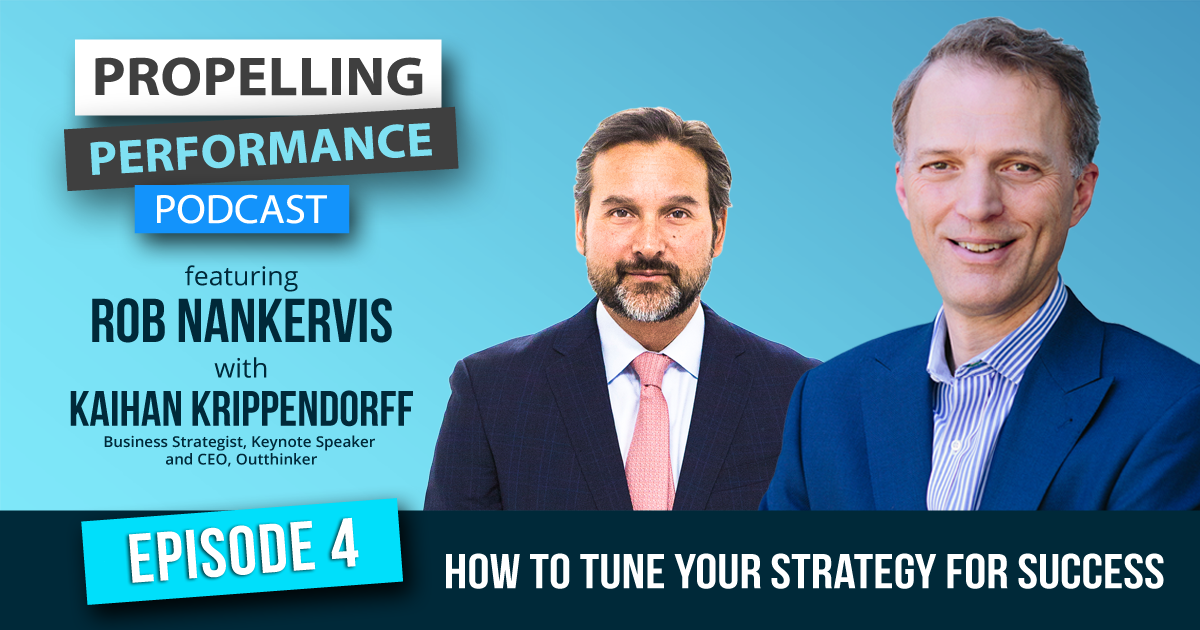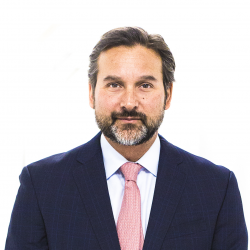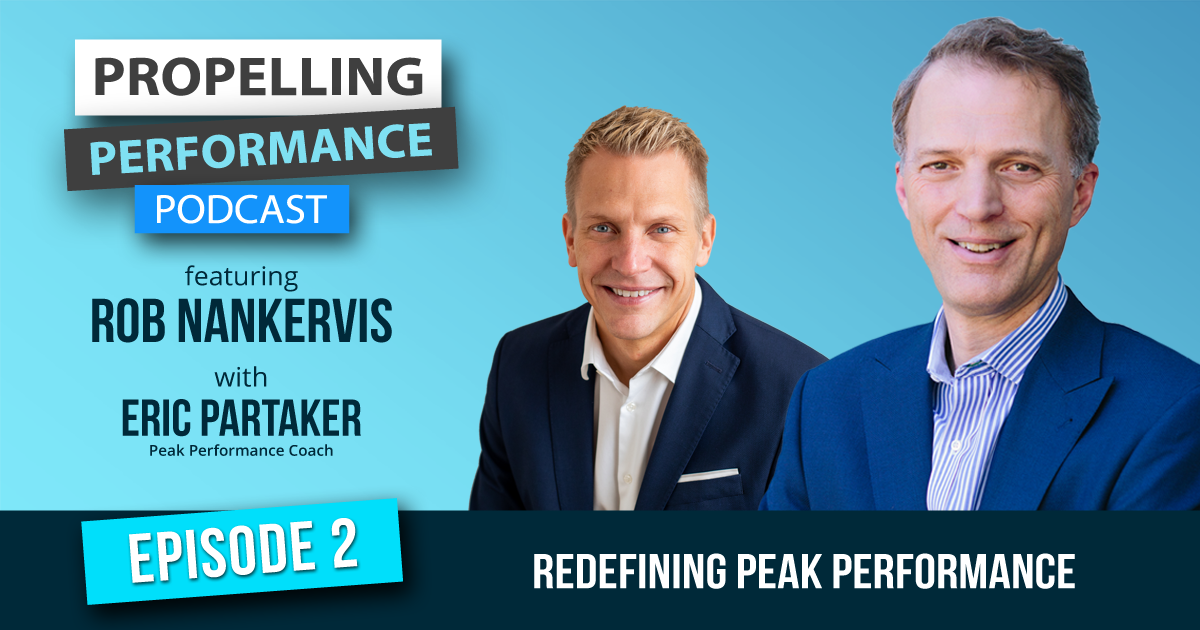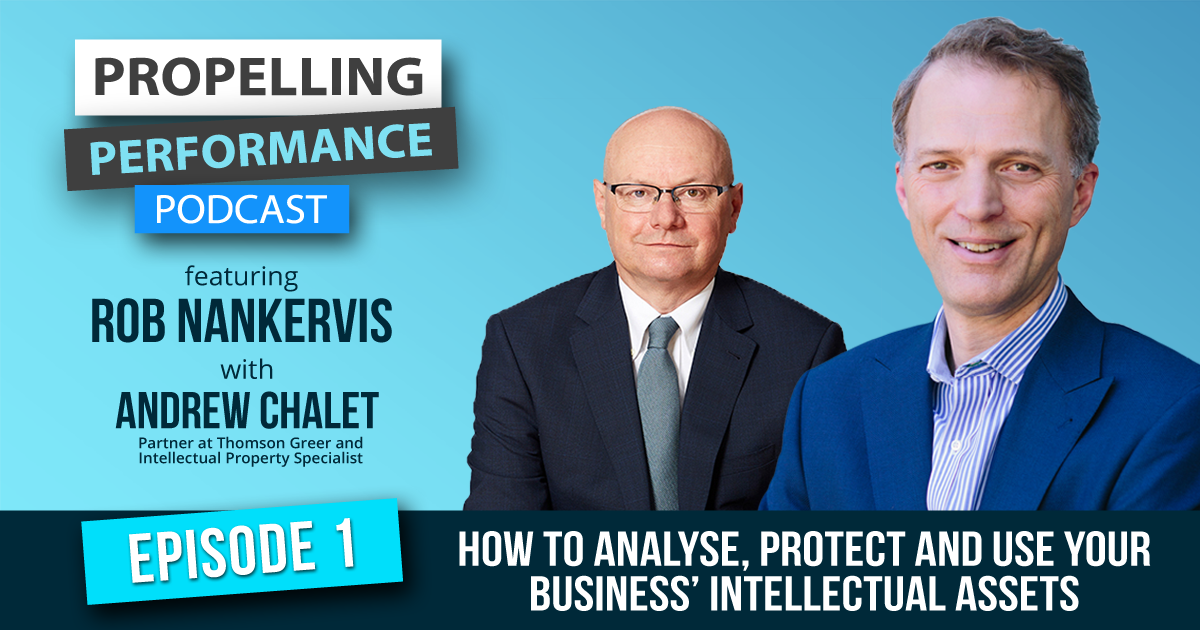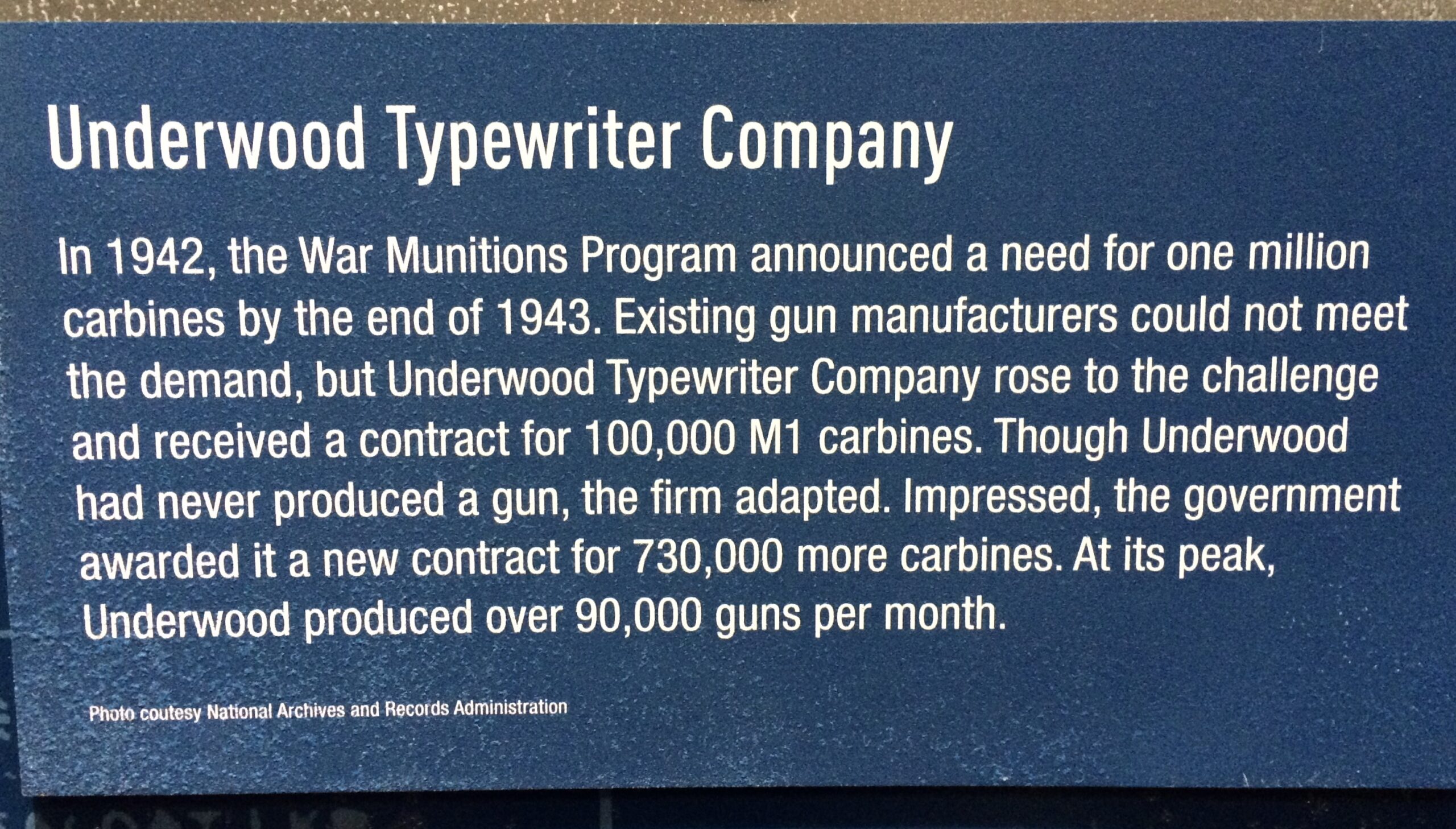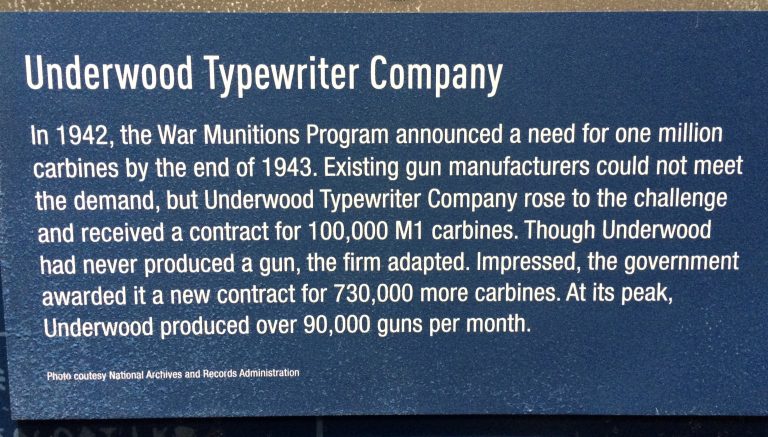Propelling Performance Podcast
SEASON TWO, EPISODE NINE
featuring Rob Nankervis with Bill Gallagher
In Episode Nine of the Propelling Performance Podcast, Rob speaks with Bill Gallagher, Scaling Up Expert, CEO, Serial Entrepreneur, Advisor, Keynote Speaker, Podcast Host, Strategic Planning and Growth Coach. Bill shares his wealth of experience working with business leaders to lean into leadership, and that in order for leaders to create change, they need to change themselves. He takes us through application of the Flywheel concept to leadership – inspire, engage, plan and coach. Bill also explains the ‘fifth decision’ in Scaling Up methodology, after People, Strategy, Execution and Cash – what kind of leader do you want to become?
“[To create change], think about Maslow’s Pyramid, but don’t start at the bottom, start at the top. Instead of worrying about getting your basics, like establishing security and food, start thinking about how you want the story to end. Write your own story.” – Bill Gallagher
Listen to discover:
Bill’s own evolution as a leader, which began when he recognised that anything and any business could be successful by following the right tools and strategies, such as the Rockefeller Habits.
Bill’s journey to coaching which began in 2000, during a time of self-reflection and learning his life’s purpose was to make a contribution.
“Leaders must recognise to create change, they need to change themselves.”
Gaps and barriers in business stem from leaders. Leaders are the source of it all. Everything is connected to you.
The gift of crisis – lean into challenges and breakdowns and learn. These are great turning points.
To create change, start by thinking about the end. How do you want your story to end? How do you want to be remembered?
Figure out your life’s purpose, who you want to be in this lifetime. The same applies to you as a leader.
Remember what Marshall Goldsmith said, “What got us here, won’t get us there.” What do we need to do differently?
“Think about the furthest out in the future you’re comfortable thinking about – your Memorial Service, or retirement. What’s the legacy? What do you want to be known for? Take this as the basis of what you lean into.”
To scale our business, we have to scale our approach and our leadership. Four essential disciplines work together in sequence like Jim Collins flywheel concept…
- Inspire – we need to light people up, and it starts with us. We need to be lit up ourselves, with a vision for the future. Take a bold stance, use your voice, be passionate, express yourself.
- Engage – we need people to commit and take action in their role. We need to listen and appreciate another person’s world, invite them to see where they fit. Ask, what would that mean for you? “Influence vs authority.”
- Planning – start with the end in mind, work backwards. It’s the process of planning, not the plan. The plan is of limited value. The act of planning is priceless. Develop a regular habit of planning and replanning together and think about impact on people and expectations.
- Coach – Check in with people, supporters, followers, in an ever expanding way, to return them to the flywheel. Listen and encourage people to sort themselves out. This is far more scalable than having to tell everyone what to do all the time.
“Throw out all the stuff about your industry – be different. With your strategy, your values, be different. Be different in a thoughtful way that really works.” – Bill Gallagher
Take action!
- To get started on your own Flywheel, amplify your existing strengths and explore your weaknesses. If you are a great speaker, you might not be a good listener. What are your present strengths? What do you really want?
- Within Scaling Up methodology, there are four decisions to get right in business – people, strategy, execution and cash. The fifth decision is – what kind of leader do you want to become? How do you want to be remembered? In making this decision, you can begin to reshape yourself, your approaches and leadership, and undertake those same disciplines as a different kind of leader.

Bill Gallagher
Scaling Up Expert and Serial Entrepreneur
Rob Nankervis – Podcast guests – Season 2
Bill Gallagher is a Scale Up Expert, CEO, Serial Entrepreneur, Advisor, Keynote Speaker, Podcast Host, Strategic Planning and Growth Coach. A four-time CEO and two-time CXO, Bill has scaled businesses to over $500M revenue and in his 16 years as a Scale Up Coach, has coached three of his clients through over $1B in turnover. Bill is also an advisory board member, a proud dad of two grown entrepreneurs and a sailor, surfer, pilot, recovering triathlete and DJ.

